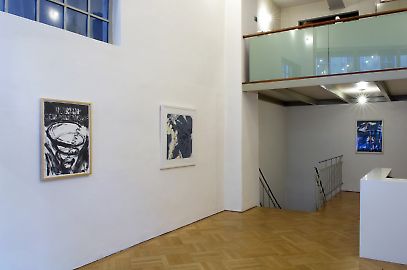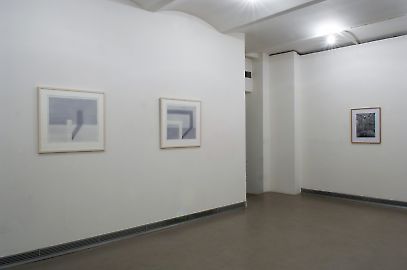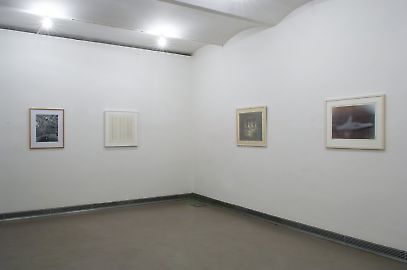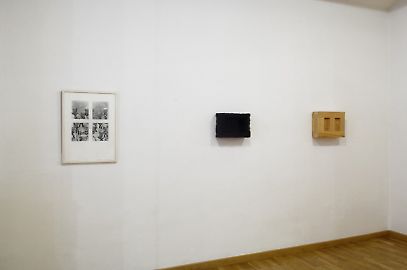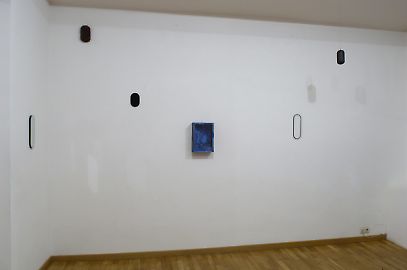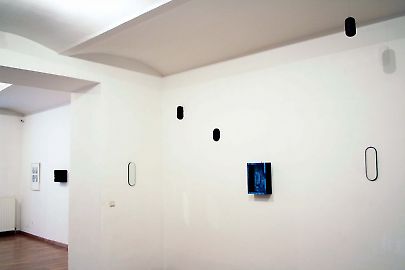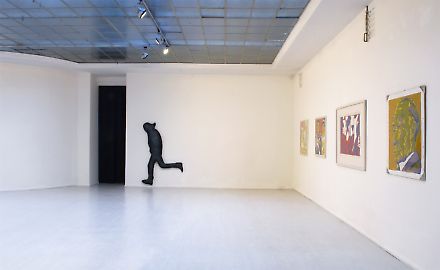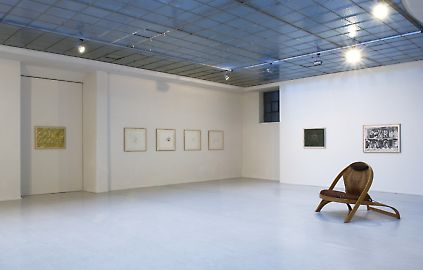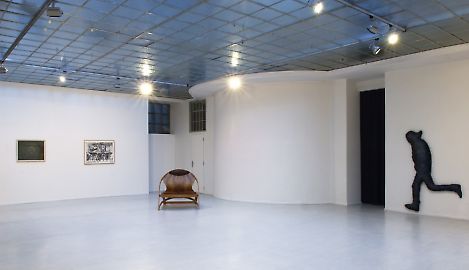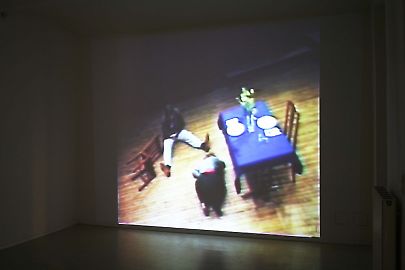Prints & Multiples --
Richard Artschwager, Otto Muehl, Bruce Naumann, Gerhard Richter
Art and the everyday, art and commerce, art and politics: In the 1960s, Pop Art and Actionism ushered in a new era of artistic production by making art and its relationship to the public their central themes. This led to a general acceptance of reprography and printed graphics, which are reproducible in limited numbers, because they are easy to distribute an adequate tool for disseminating political and social ideas.
Multiples are by definition based on duplication and comprise a limited number of serially produced objects, which are identical in terms of price, material and aesthetics: They are “serial originals.” These objects are not modeled after an original, they are themselves originals and authorized by the artist as multiples.
Georg Kargl Fine Arts is showing in its exhibition around fifty artworks that represent four different positions on prints and multiples. Richard Artschwager’s art is concerned with perception and the representation of our seeing habits. It is not the object itself but its interpretation and its use in various contexts that interest the artist who questions the socially accepted stipulations and codes of our perception.
Artschwager has abolished such categories as everyday furniture and sculpture, representation and idea. Entirely in the spirit of Duchamp, whose Readymades are considered as precursors of the multiple, Artschwager’s furniture and objects are not just an analysis of the object and its meaning but also of the reality surrounding them as e.g., in Chair/Chair from 1987-90, where Artschwager combines a real chair with the idea of a chair. In works such as Locations (Brooke Alexander no.1), (1969), the artist investigates the relation between object, subject and representation.
Otto Muehl
The internal boundaries between art and politics, avant-garde and pop were consciously wiped out in the 1960s and replaced by the general term “cultural revolution.” Vienna Actionism, Fluxus, experimental literature, avant-garde film und pop culture now created a common territory for agitation by expanding the artistic media and sites.
In addition to the portraits of political rivals in the customary right-left spectrum, Otto Muehl’s series of Persönlichkeiten from 1967/68 are derisive portraits of power that are executed with woodcut-like contours and bright detergent packet colors. He consciously employs Pop Art techniques to exaggeration, making the portraits seem contemptuously commercial. His Persönlichkeiten are seen as a development that runs parallel to Muehl’s ZOCK program in which the artist makes a scurrilous and caricatural attack on the most celebrated figures of society.
Bruce Nauman is amongst those artists who in the 1960s revolutionized accepted seeing and sensing habits by way of real bodily experience. His use of an extremely wide range of media mirrors the thematic diversity of an artist who uses his own body to redefine sculpture towards a versatile and provocative method of work.
Nauman transforms behavioral patterns into visual aesthetics, and therefore into art, in his existentialist theater and videos because of the way he stages everyday actions, such as walking up and down. In his video Violent Incident of 1986, Nauman shows the transformation of violent actions by switching the roles of man and woman, that is, by letting two men or two women act out scenes and showing them in slow motion, or by changing the color scheme. In this way he achieves a nearly ritualized, formalized pattern of actions that is then slowly taken apart and analyzed. In the etchings of pairs of hands from 1994, the artist examines the purposeless possibilities of touch, a diversity that he exemplified in the bronze pairs of hands made around the same time.
Gerhard Richter’s various concepts of image are clearly illustrated in Schattenbild II (1968) und Blattecke (1967). Both these works are an expression of Richter’s major and only theme of repeatedly sounding out every conceivable potential of painting.
Übersicht (1998) shows a selection of significant artists, poets, philosophers, musicians and architects, listed chronologically in tabular form without any subjective valuation whatsoever. In his Werkverzeichnis of 1969 art itself becomes the object. Although it defies any subjective interpretation and the aesthetic aspect is in every way demystified, the content of the graphic work makes the artist yet again exceedingly present as its subject matter.


